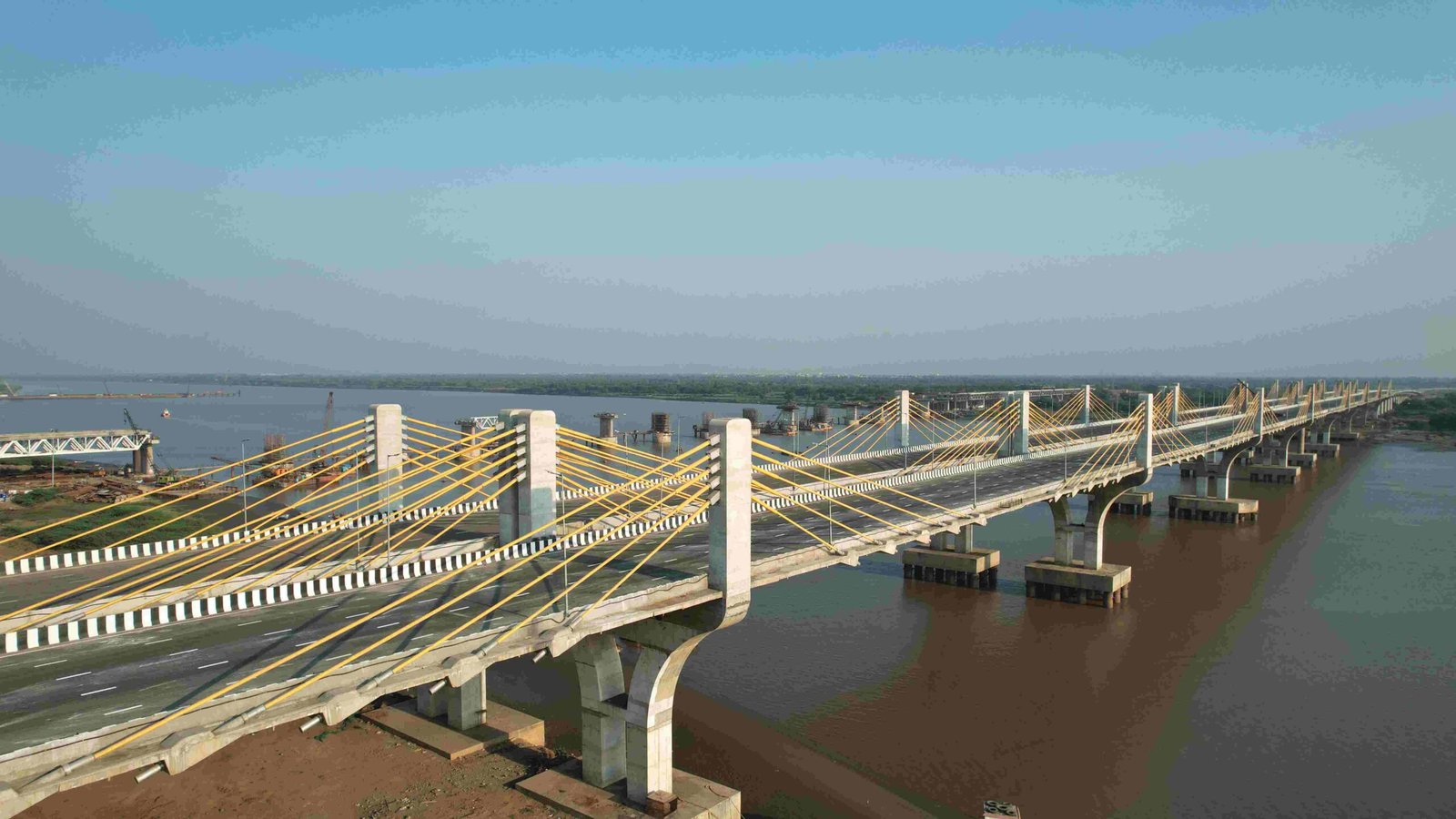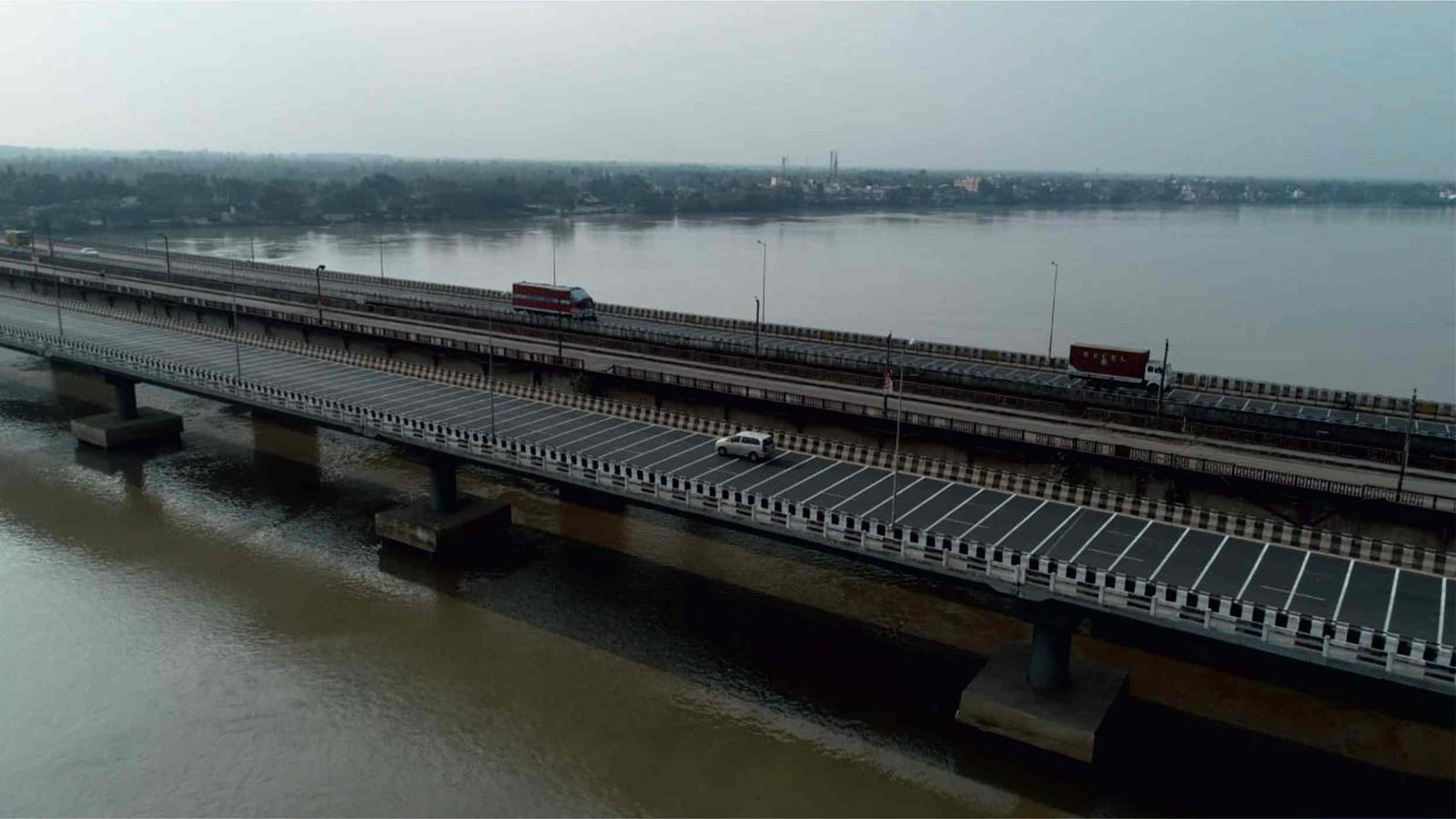

Sanjay Londhe, Director and CEO of Ashoka Buildcon Limited, has been a key figure in the company’s incredible growth over the past 35 years. His expertise in engineering and project execution has been instrumental in Ashoka Buildcon’s completion of many challenging infrastructure projects. In conversation with Mangala Chandran, Londhe reflects on the company’s journey from its early days to becoming a leading infrastructure conglomerate.
From Industrial Beginnings to Nation-Building Projects
Your company started with industrial structures in the 1970s and has since evolved into a multifaceted organization working on roads, bridges, power distribution, and railway projects. Could you share some insights into this remarkable journey?
We began in 1976, with small government civil contracting projects. Later we focussed on industrial buildings with a modest turnover of about Rs. 1 crore. Fast forward to today, our turnover stands at Rs.10,000 crore, and I have had the privilege of being part of this incredible journey since 1989.
Ashoka Buildcon Limited has moved into right sectors at the right time, which has helped it achieve the stature that it has today. We have acquired First Mover Advantage not only in our ventures but also in our construction methodologies and systems implementation. All these combined have been giving us the ability to set new records and new benchmarks in construction Industry.
The liberalization period under the government opened up new opportunities, especially with the influx of national and multinational industrial projects. We were fortunate to secure several of them. Our Chairman, Ashok Katariya, has always had a keen eye for emerging sectors, and in 1996, he led our entry into the road infrastructure segment, which proved to be pivotal. Starting with bridge construction in 1995, we successfully completed Maharashtra’s Dhule bypass under the BOT model – an innovation at the time. Many doubted the viability of the BOT model in India, but we saw it as a First Mover Advantage.
Our achievements in the sector have been significant. For instance, we set a record for completing a bridge in just 38 days by working around the clock – compared to the allotted 11 months. We have continually pushed the boundaries and set new benchmarks for the industry.
Systemization and Standards
As the company grew, how did you approach systemization and standard-setting?
As we expanded, we naturally turned to systemization, acquiring ISO certifications and adopting stringent safety and environmental standards. Around 2006, with our strong execution capabilities and early entry into the road and EPC sectors, we attracted investment from IDFC to the tune Rs.100 crore in the company. Their confidence in us was driven by our pioneering efforts and ability to deliver.
With the launch of the National Highway Integration plan, we participated in landmark projects such as the Golden Quadrilateral and Bharatmala, further evolving as a company.
If we stick to the plan, India will be among the top two or three countries in the world by 2047. The PM Gati Shakti program is a key enabler, and both the government and Ashoka Buildcon are committed to making this vision a reality.
Powering Progress
In 2009, Ashoka Buildcon entered the power distribution sector. What drove this diversification?
Our diversification into power distribution began in Maharashtra, initially as a joint venture and later independently. While such projects typically took years to complete, we delivered them in just a few months. Today, we are one of the top companies in the power distribution sector.
As we evolved, we went public and even ventured into city gas distribution with Morgan Stanley, later hiving off the business for substantial returns. This approach has been key to our progress –identifying new opportunities and capitalizing on them.
Ashoka Buildcon has also made significant strides in the railway sector…
Our strategy to identify emerging sectors led us into the railway industry, where we now have 10 to 12 projects in our portfolio. We have also embraced solar technology and integrated it into our BOT projects. Notably, we partnered with NTPC to deliver a 150-Megawatt solar project in Rajasthan. Our success in these areas comes down to our ability to execute quickly and efficiently, often surpassing competitors in speed and quality.
Bridging the Future
Bridges have become synonymous with Ashoka Buildcon’s projects. Could you share some of the notable ones?
Bridges are an integral part of our highway projects. A standout example is the eight-lane extra-dosed cable-stayed bridge over the Narmada River on the Vadodara-Mumbai Greenfield Expressway. Spanning 2.5 km, this iconic structure was completed in a record 33 months, despite the challenges posed by COVID-19 and two major floods.
We have also completed several significant flyovers, such as a twin bridges across River Rupnarayan, 2.2 km structure near Ludhiana. Recently, we finished a 6 km elevated highway in Goa connecting the Bombay-Goa Highway to the new Mopa airport, among other iconic projects. Currently, In Kerala, we are building one of the longest elevated roads in India.
How is Ashoka Buildcon adapting to the fast-evolving construction sector?
The benchmarks for daily construction in India have been constantly raised. In the past, building an 80 km road would take 30 to 36 months. However, thanks to the efforts of Minister Nitin Gadkari, the timeline has been reduced to 24 months, with some contractors, like us, completing projects in as little as 18 months. For example, a Rs. 1000 crore project in Goa was completed in 18 months—a testament to our speed and efficiency.
Advanced Machinery and Sustainable Methods
How important are new technologies and sustainable construction methods in your projects?
The use of advanced machinery is crucial. Today, high-tech equipment allows us to reduce human intervention while increasing output. We ensure the quality of materials through rigorous quality assurance processes, which leads to more sustainable structures. Economical construction methods, such as incorporating fly ash with cement and using geosynthetics, further enhance efficiency.
That said, land acquisition remains a challenge. Despite government support, it is still a people-centric issue that causes delays.
 TrafficInfraTech Magazine Linking People Places & Progress
TrafficInfraTech Magazine Linking People Places & Progress

